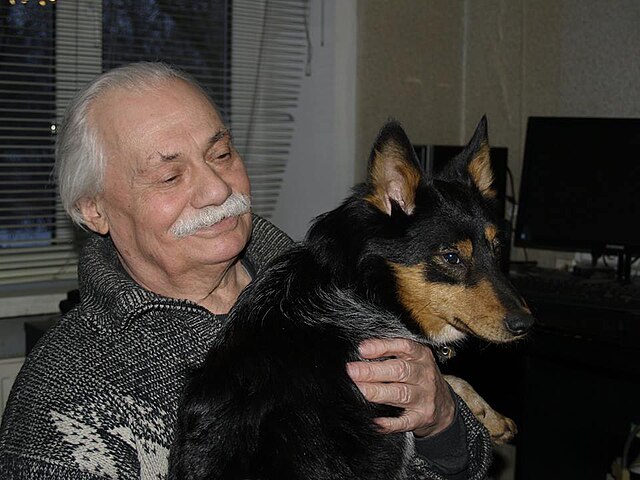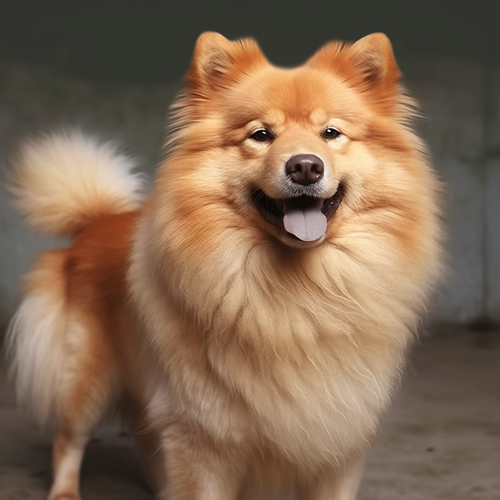The Indian Spitz – while virtually unheard of in America – became one of India’s most popular breeds because of the country’s strict importation laws in the 1980’s and 90’s which made importing dogs into the country difficult. Citizens turned to local breeds because they were easier to access as pets. Where did this breed originally come from? It is said that during the 19th century, British people brought dogs into the country which were descended from the German Spitz. These dogs were bred with the goal of making them more suited to living in the hot climate of India. The adaptable and highly intelligent Indian Spitz was born! Recognized by the Indian Kennel Club, they are not recognized by the FCI or elsewhere in the world.
Indians can easily live in apartments if necessary, but do require some exercise every day. Active and lively, they are also happy to live in larger properties. There are two sizes of the breed – the “lesser” which is no larger than 15 pounds and the “greater”, which can top out at 44 pounds! Either size can live in any type of home as long as their exercise needs are met. Overall, however, even the greater size is still a relatively small dog and exercising this spitz is generally easy. Most mature dogs (read: out of the puppy stage) will spend large portions of the day napping. In general, with only moderate exercise and plenty of care, Indians are very healthy as a breed and usually live 12-14 years on average.
The Indian Spitz often get confused with a Pomeranian and although the breeds are related, they are two entirely separate breeds. It doesn’t help matters that many people in India actually refer to their spitz as Pomeranians or Indian Pomeranians. This isn’t the case! Indian Spitz are bigger in height and weight and have less coat – both in terms of length and density. Furthermore, they have more elongated faces and pointier ears. Finally the Indian’s fluffy double coat can only come in one of three colors – white, black or brown. This differs from the rainbow of colors that the Pom is allowed to appear in.
The Indian can make a great watchdog because of his alert nature and eagerness to bark, but is a gentle companion with his family. He is loyal and playful – always up for spending time with those he loves. Most get along well with seniors and children although should be supervised when around young kids as he is unlikely to defend himself if treated unfairly. An owner must always be ready to advocate for their dog’s safety! This spitz also usually gets along with other pets including other dogs. A highly social breed, he doesn’t thrive when kept in a home where he spends lots of time alone and can be prone to separation anxiety.
The Indian Spitz is intelligent and learns easily when taught obedience or tricks. He is generally regarded as being easy to train and was even used as a circus dog in the past! If anything, this breed can be too clever and will get bored quickly if trained in the same routine every time. For this reason, mix it up to keep him on his toes! Because of his ease of training, this breed can be recommended for even novice dog owners.
Indians do need regular brushing twice a week to keep their glorious coats from matting. As they do shed (particularly during the summer), brush-outs will also help to pull out loose hair to minimize the amount that will drop all over the house. Keep in mind this is a high-shedding breed and no amount of brushing will completely stop this process, however. Baths can be given every 3-4 weeks or when needed although they tend to keep themselves fairly clean. Grooming shouldn’t be too daunting or difficult to keep up with. Keep the nails clipped, the teeth brushed, and use a preventative for fleas and ticks. Many Indian Spitz enjoy grooming time if the routine is started early and kept positive.




